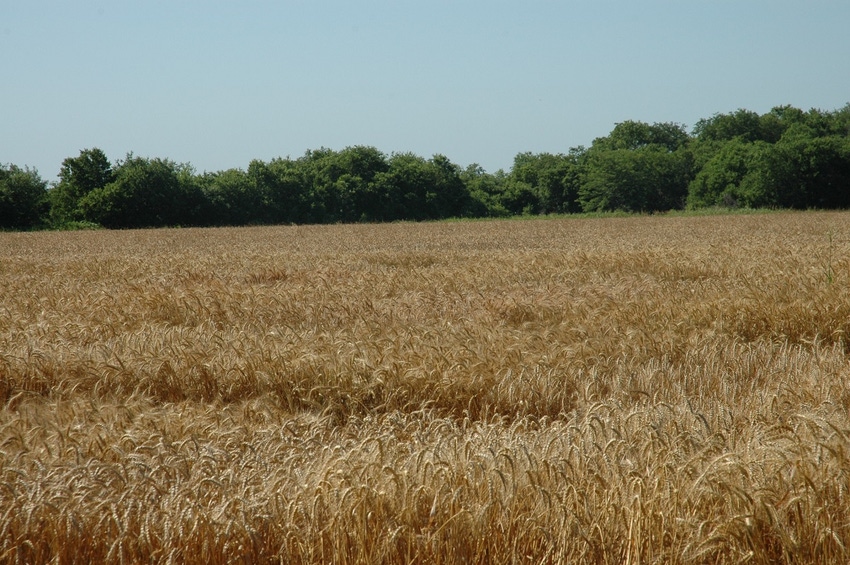May 2, 2017

Snow and frost in western Kansas and the Oklahoma Panhandle has resulted in a 28 cent, one-day price move. The 28 cent increase completed a 55 cent price move. The 55 cent price increase may be due to unfavorable weather in a minor hard red winter wheat production area.
The market chatter is still dominated by excess wheat supply conditions, so if there is “excess” wheat, why was there a 55 cent price increase? Something may not add up.
Before the snow and frost, funds were reported to be at record short positions (170,000 contracts totaling 850 million bushels). On the day of the 28 cent rally, funds were reported to have purchased 25,000 contracts totaling 125 million bushels. This action had to have a positive price impact.
A 13 percent price move signals something about the market. An analyst predicted that the frost will reduce hard red winter wheat production 2 percent or about 18 million bushels. If world production is 27 billion bushels, 18 million bushels is 0.07 percent of world wheat production.
Eighteen million bushels is 2 percent of the projected 2017 U.S. hard red winter wheat production. Another measure is that an 18 million bushel decrease is equivalent to reducing beginning stocks from 580 million bushels to 562 million bushels. (2015/16 HRW ending stocks were 446 million bushels and the five-year average is 380 million bushels.)
World wheat 2016/17 wheat ending stocks are projected to be 9.3 billion bushels. Eighteen million bushels is 0.2 percent of world wheat ending stocks. Is a 0.2 percent reduction in supplies worth a 13 percent price increase?
WHAT IS GOING ON?
Not unless something else is going on. There is excess supply of wheat, but there also may be a shortage of milling quality wheat. Signs of this include 2016/17 U.S. hard red winter wheat exports and market reaction to expected 2017/18 marketing year wheat production.
As of April 20 (the last report), U.S. wheat exports were 39 percent higher than at this same time last year. Soft red winter wheat exports were 24 percent less than this time last year. Hard red winter wheat exports were 103 percent higher. This may imply that the foreign markets need quality bread flour wheat.
Other suppliers of hard red winter wheat (bread flour wheat) include Argentina, Australia, Russia, the Ukraine, and Kazakhstan. Canada supplies hard red spring wheat, which has higher protein than hard red winter wheat, and may be blended with lower protein wheats for bread flour.
Ending stocks are higher for the U.S., Australia, Canada, Kazakhstan, and Russia. Lower ending stocks are projected for Argentina and the Ukraine. The belief is that overall wheat quality is below average in the countries with higher stocks.
Of note is that while wheat prices increased 55 cents (both cash and forward contract), the basis did not change. Also note that the 2017 harvest price is 23 cents higher than the current cash price. In a crop year with relatively high stocks, the harvest price should be 20 cents or more below the current cash price.
The figures above support the premise that the world needs good bread milling quality wheat. Weather events that lower production and/or quality expectations tend to affect prices.
This situation may also imply that there is more upside price potential than downside risk. Producers who cannot afford the risk of an 80 cent lower price should price some wheat for harvest delivery. Other may choose to wait for higher prices.
Rain may make grain, but adverse weather lowers production expectations and results in higher prices.
About the Author(s)
You May Also Like






